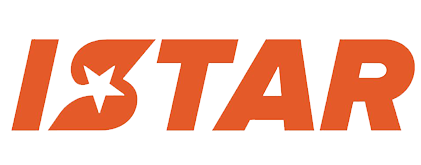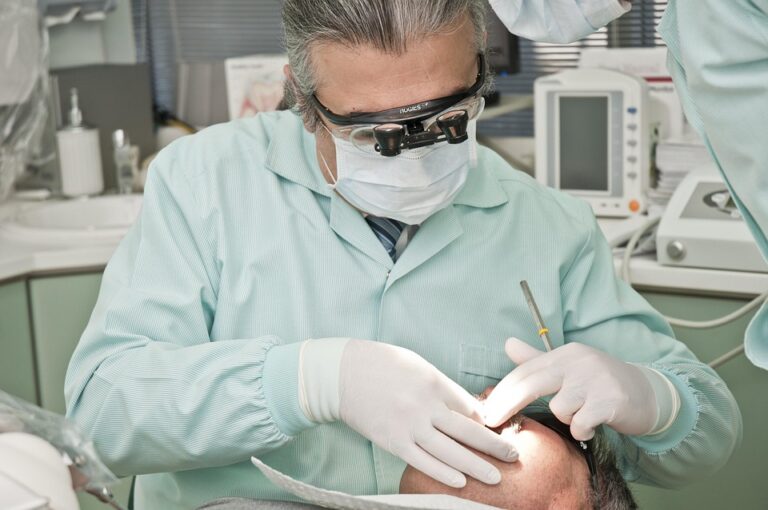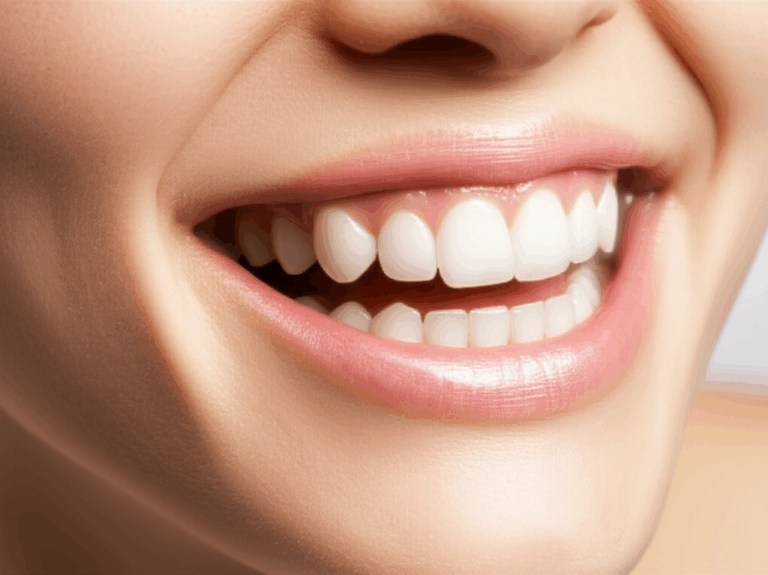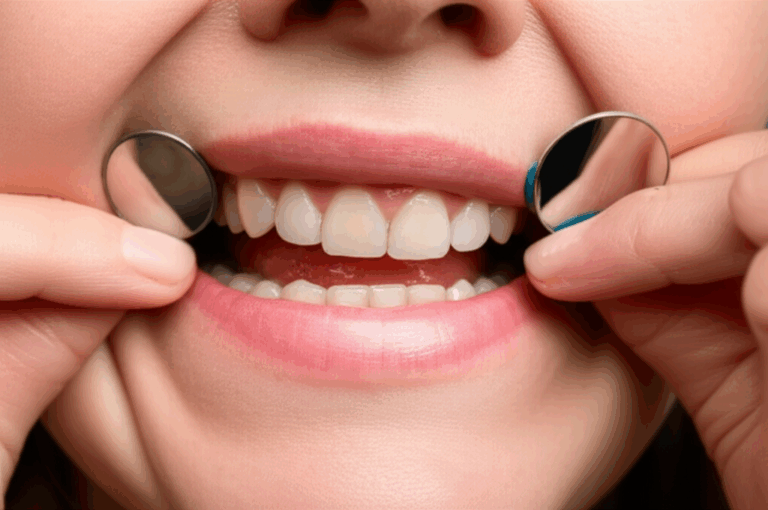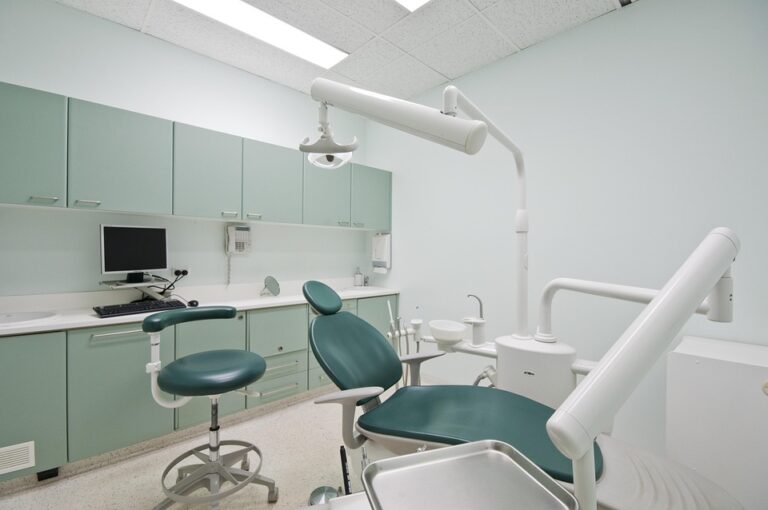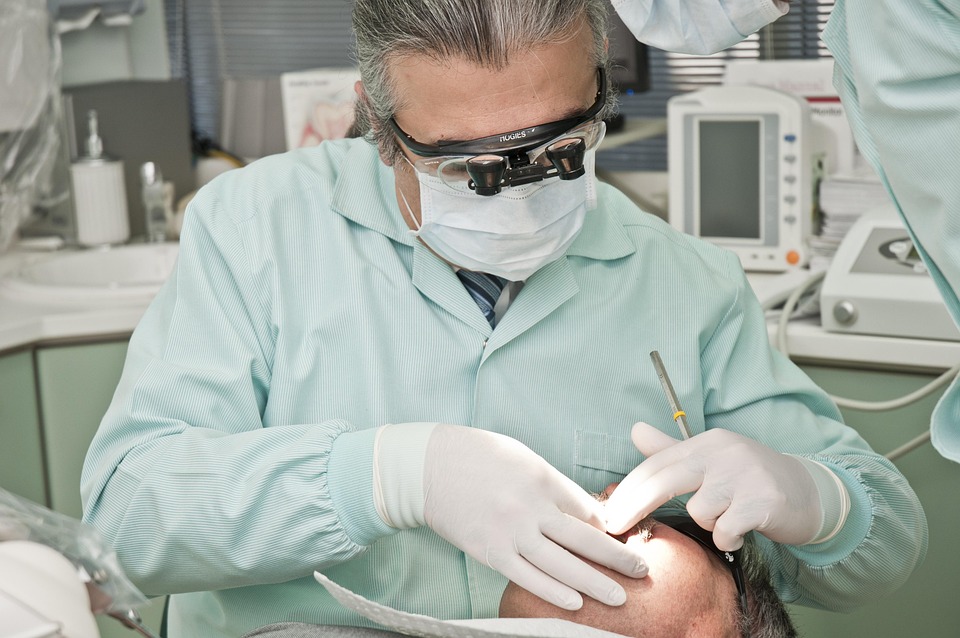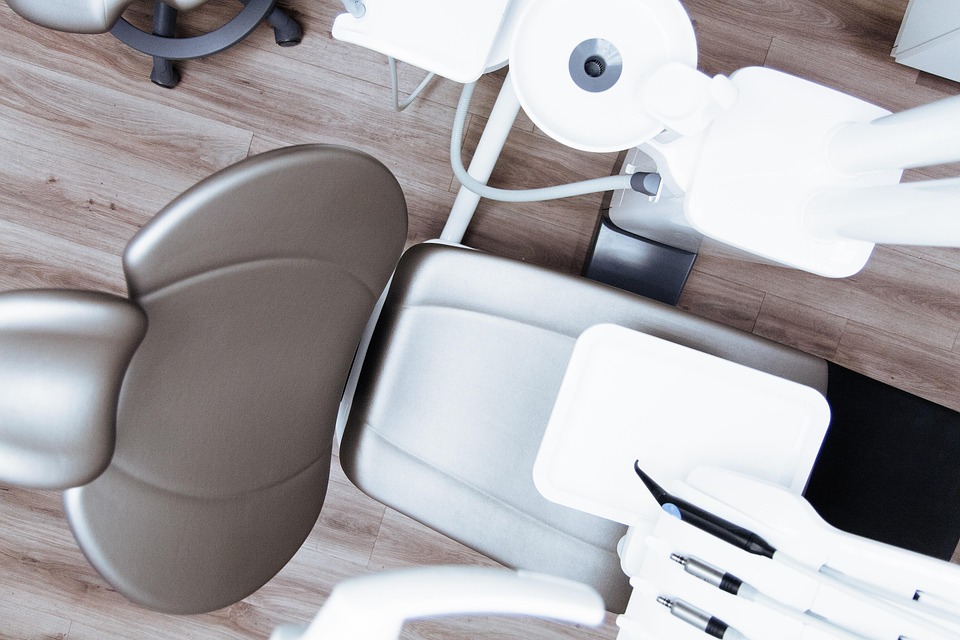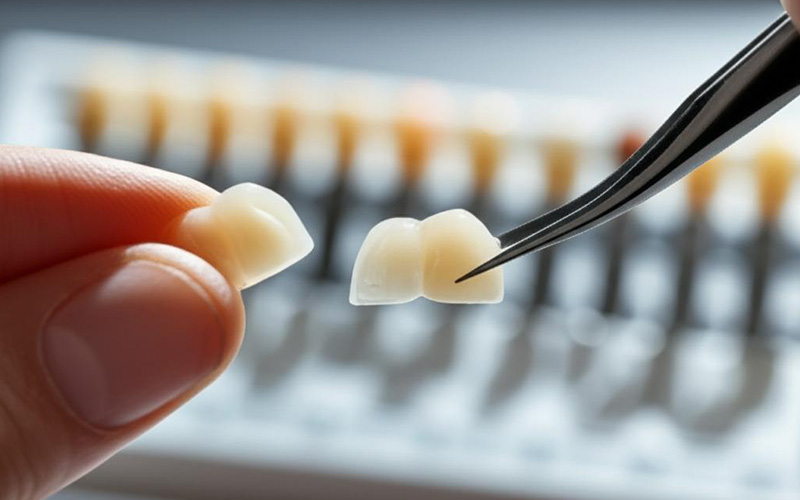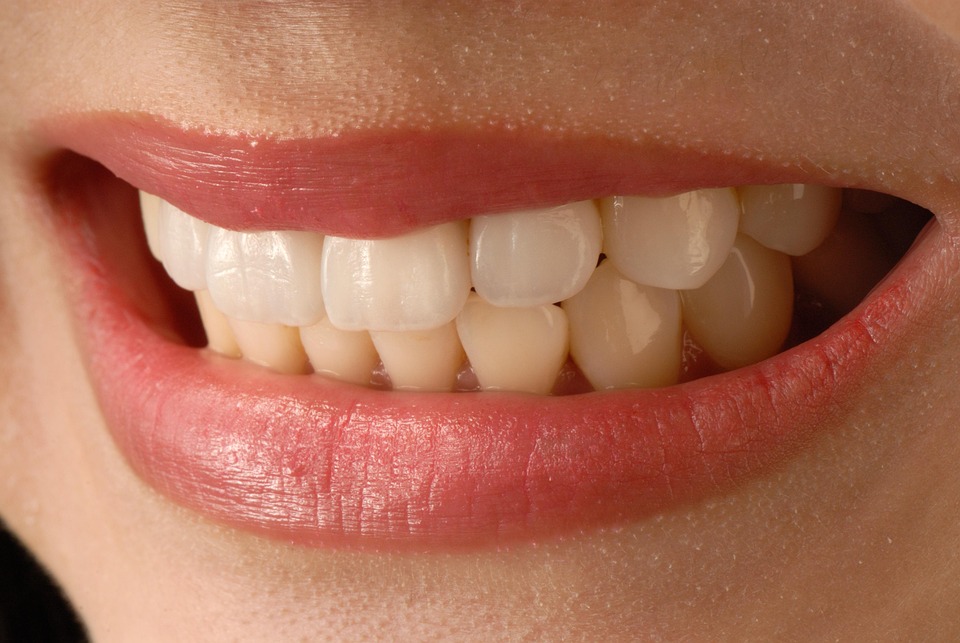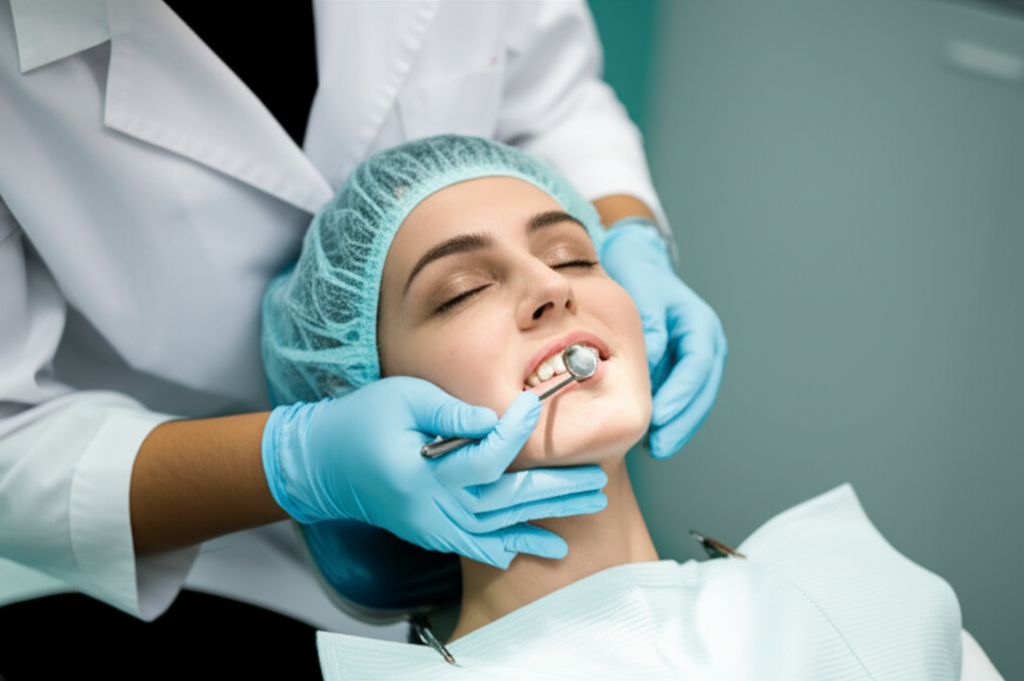
From Hygienist to Dentist: My Complete Guide to the DDS/DMD Journey
Table of Contents
- Introduction: The Ambitious Path from RDH to DDS/DMD
- Understanding the Journey: The Core Requirements
- No Direct Bridge Program – The Full Dental School Route
- Essential Academic Prerequisites: Building Your Foundation
- The Dental Admission Test (DAT): A Critical Hurdle
- What is the DAT?
- Strategic Preparation for Success
- Navigating the Application Process (AADSAS)
- Crafting a Compelling Application
- Dental School: The DDS/DMD Experience
- DDS vs. DMD: What’s the Difference?
- The Four-Year Curriculum Overview
- The Unfair Advantage: How Hygiene Experience Helps
- Clinical Familiarity and Practical Skills
- A Unique Perspective on Patient Care
- Networking and Mentorship Opportunities
- Challenges & Considerations: A Realistic Look
- Significant Financial Investment
- Time Commitment and Personal Sacrifice
- Competitive Admissions and Academic Rigor
- Is the Transition Worth It? Weighing Your Options
- Expanded Scope of Practice and Autonomy
- Increased Earning Potential and Career Fulfillment
- Conclusion: Charting Your Course to Dentistry
Introduction: The Ambitious Path from RDH to DDS/DMD
When I first started my job as a dental hygienist, I liked how I could help people take care of their teeth and feel better about their smiles. But after a while, I wondered—could I do more? Could I go from being a hygienist to being a dentist?
If you’re a dental hygienist thinking about this too, you’re not the only one. I went down this path myself, and I won’t lie—it’s not easy. But yes, you can do it. I wrote this guide to share every detail, step by step, all from my own story and everything I picked up along the way.
What did I really need? What problems did I face? Did my hygiene experience help? I’ll go through the whole DDS/DMD path, from classes to being a practicing dentist, so you know what you’re getting into.
Understanding the Journey: The Core Requirements
Switching from dental hygiene to dentistry is kind of like moving from running 10Ks to running a whole marathon. You already know plenty, but now it’s a bigger challenge.
No Direct Bridge Program – The Full Dental School Route
Early on, I hoped there was a shortcut. Maybe a special program that let hygienists become dentists faster? But the truth is, there isn’t, at least in the US. Pretty much every hygienist has to apply to a regular four-year DDS (Doctor of Dental Surgery) or DMD (Doctor of Medicine in Dentistry) program.
Some schools have “advanced standing” for foreign-trained dentists, but that doesn’t work for hygienists. We just have to go the long route. There’s no secret shortcut.
Essential Academic Prerequisites: Building Your Foundation
I thought my associate’s degree in dental hygiene would be enough for the basics. I was partly right, but it wasn’t everything. Dental schools want you to complete lots of science classes, many with labs. Most want:
- Biology (with labs)
- General Chemistry (with labs)
- Organic Chemistry (with labs)
- Physics (with labs)
- Math (sometimes calculus, but stats usually works)
- English Composition
- Biochemistry and Microbiology (often required or good to have)
Where can you get the missing classes? Some people pick big universities; I took a few at a community college. Many adults look at post-bacc programs made for career changers. At every step, I saw everyone cared most about science grades. If your grades aren’t good, your application doesn’t stand much chance.
Do you need a bachelor’s degree? Most schools want one, or at least want you to finish it before starting dental school, so I finished mine while working part-time as a hygienist.
The Dental Admission Test (DAT): A Critical Hurdle
When I made up my mind to switch, the DAT felt like a giant test I had to beat. It’s tough, but if you have a solid plan you can pass it.
What is the DAT?
The Dental Admission Test doesn’t just test what you remember; it checks how you solve problems under pressure. Here’s what’s on it:
- Perceptual Ability Test (PAT): Tests if you can think in 3D—things like folding shapes, seeing patterns, and spatial puzzles.
- Quantitative Reasoning (QR): Lots of regular math problems—algebra, analyzing data, and fast math.
- Reading Comprehension (RC): You have to read tough passages and pick out main ideas quickly.
- Survey of Natural Sciences (SNS): Lots of questions about biology, general chemistry, and organic chemistry.
Strategic Preparation for Success
How did I study? I set aside six months, with a plan that fit my real life. I used online classes, bought study books, and formed a group with other future dental students (most of us were switching careers). To be in a good spot for acceptance, you want about a 20-21 score on the Academic Average (AA) and Perceptual Ability Test (PAT).
I did as many practice tests as I could. My biggest tip—pretend every practice test is the real one. Over time, I got faster and more confident. It’s totally doable.
Navigating the Application Process (AADSAS)
Once the DAT was done, I thought I’d feel better, but then a mountain of paperwork showed up. You apply through AADSAS (Associated American Dental Schools Application Service), and it’s way more than just filling in a few blanks.
Crafting a Compelling Application
Your application is your one shot at making a good first impression—don’t just fill it in, use it to tell your story.
Academic Transcripts:
Every class, every grade. They want every record from any school you went to.
Personal Statement:
This is your big chance. I wrote about my hygiene years—helping people, seeing what only dentists can do, and how I wanted to take the next step. Your “why” should sound like you, not just what you think they want to hear. Show what you learned and why you’re ready for more.
Letters of Recommendation:
Most schools ask for at least one from a science teacher and one from a dentist. I got one from a dentist I’d shadowed (she saw how I worked with patients) and one from my old microbiology professor.
Extracurriculars & Shadowing:
Besides my hygiene job, I shadowed several types of dentists. Schools like to see all kinds of experiences. I also did dental community volunteering to show I cared about helping people, not just building up my resume.
Interview Preparation:
When I got interviews, I was asked about talking to patients, how I handled ethical problems, and how I deal with stress. My time as a hygienist really helped me give real stories as answers, not just stuff from a textbook.
Dental School: The DDS/DMD Experience
To tell the truth—being a hygienist didn’t make dental school easy. Knowing how to scale teeth isn’t enough for how hard it gets.
DDS vs. DMD: What’s the Difference?
I wondered about this, too. Turns out, they’re just two names for “dentist.” Both degrees mean you finish the same program, get the same license, and do the same job. Some schools call it Doctor of Dental Surgery (DDS), some say Doctor of Medicine in Dentistry (DMD). There’s no real difference.
The Four-Year Curriculum Overview
Dental school usually has two halves. The first two years are pre-clinical—you get buried in anatomy, body systems, materials, and a lot of practice labs (like working on wax teeth or learning root canals). The last two years, you treat real patients in school clinics and go on outside rotations.
Did being a hygienist help? Yes, it made those first patient days easier. But the schoolwork jumps into high gear, so even with experience, you have to buckle down like everyone else.
The Unfair Advantage: How Hygiene Experience Helps
You don’t get to skip parts of dental school, but being a hygienist is still a plus—if you use it.
Clinical Familiarity and Practical Skills
From the first day, I was fine talking to patients who were scared or hurting. I already knew my way around the tools, handled instruments without awkwardness, and had infection control down cold.
Steady hands (good manual skills) were a big help. Lots of new dental students struggle, but we hygienists have those skills from our jobs already.
A Unique Perspective on Patient Care
My years in hygiene made me care about stopping problems before they start. That shaped how I worked with patients—I could show them how what they do every day is just as important as what we do during an appointment.
I’d met plenty of patients who had bad past dental experiences or were just plain scared. Because I’d seen it from the hygiene side, I knew how to listen and help them trust me.
Networking and Mentorship Opportunities
Before I even started applying, I’d already met lots of dentists through work and volunteering. Those people became mentors and gave good advice when I needed help with my application.
Challenges & Considerations: A Realistic Look
I won’t say this path is easy or always pays off. Here are the real things to think about.
Significant Financial Investment
The cost was my biggest worry. Tuition for a state dental school was around $40,000 a year—and private schools were even higher, sometimes $70,000+ a year. Add in living costs, books, and supplies, and you could spend $300,000–$400,000 total. I had old loans too, so I had to budget and look hard for any scholarships or money help.
If you’re used to working full-time as a hygienist, going back to student life means you lose your paycheck, not just pay tuition. That stings.
Time Commitment and Personal Sacrifice
Four years of dental school is a long time—long classes, tough tests, and tiring labs. I had to put off family stuff and missed plenty of birthdays. If you have kids or family who need you, it takes lots of planning.
Looking back, those four years went by, but in the moment, it felt endless.
Competitive Admissions and Academic Rigor
Dental schools usually accept about 50-60% of applicants, but lots of people apply with weak grades or low DAT scores and don’t get in. I knew hygienists who didn’t get accepted the first time and had to take more classes or get more experience.
Once you’re in, the work is tough and fast. There’s not much time to catch up. My skills with time and pushing through stress got tested for sure.
Is the Transition Worth It? Weighing Your Options
After all this, you might wonder—is it really worth it?
Expanded Scope of Practice and Autonomy
Honestly, as a dentist I can diagnose, make plans, and do a lot more types of treatment than I ever could as a hygienist. If you want to own a private practice, be your own boss, or do something special like braces or gum care, dentistry makes that possible.
Being in charge has its headaches, but the freedom is worth it.
Increased Earning Potential and Career Fulfillment
It’s simple—a dental hygienist may earn about $85,000 a year, while dentists usually make $160,000 or even more. That money difference adds up, especially with big loans to pay back.
But what matters most to me is doing harder cases, bringing back someone’s smile, and building long-term trust with patients. Reaching this goal gave me the happiness at work I was hoping for.
Conclusion: Charting Your Course to Dentistry
If you’re still reading, I hope my story helps you feel ready for what’s ahead. Moving from dental hygiene to dentistry doesn’t happen fast and needs a lot of push (and paperwork), but it can totally change your life.
What should you do next? Here’s my advice:
- Look at lots of dental schools—some are better for nontraditional students.
- Talk to current dental students, especially those who used to be hygienists.
- Find a pre-dental advisor or mentor who knows what it’s really like.
- Get your classes sorted—sign up for that chemistry class you’ve been putting off, and don’t let any bad grades slide.
- Prepare for the DAT early—look for good resources, join a group, and give yourself plenty of time.
- Come up with a money plan; talk honestly with family about how things might change.
- Stay connected with dental groups for news and support.
One last thing—your hygiene background isn’t a weakness. It’s your big advantage. You’ve already proved you care, worked through tough stuff with patients, and know the basics. Use every bit of that experience along the way.
If you want more info on teeth health, dental care, or dental diseases, it’s smart to read reliable sites to keep learning as you move ahead.
Wherever your road leads, I hope my advice reminds you—becoming a dentist is possible if you work hard and plan. If I could do it, so can you. Good luck, and keep going for your dream—you deserve it, and so do your future patients!
